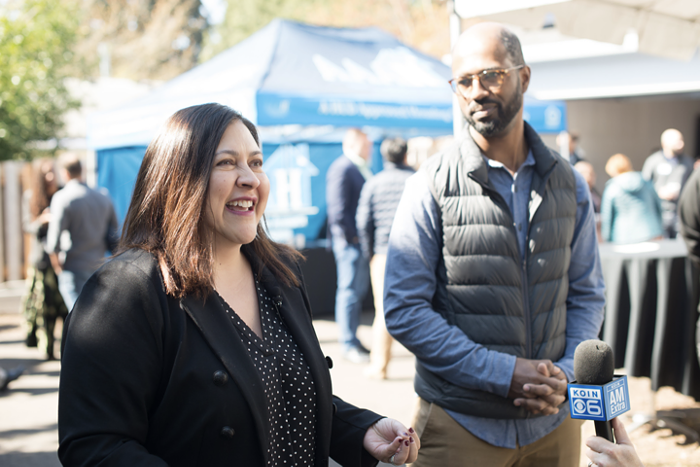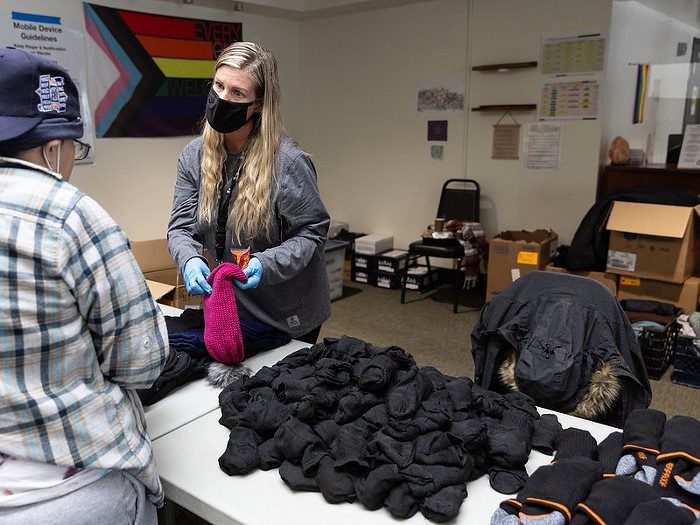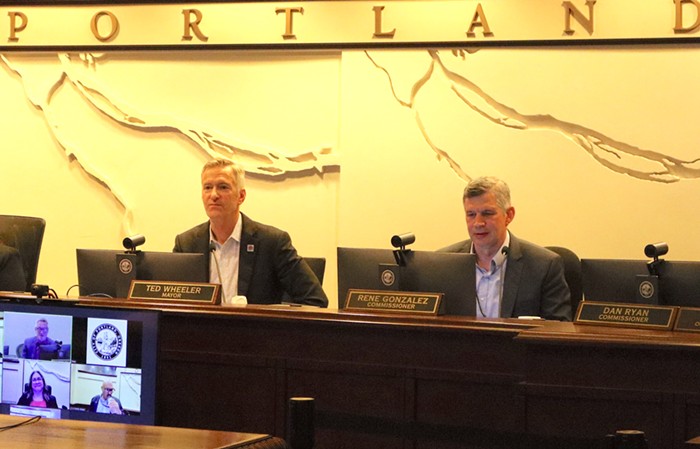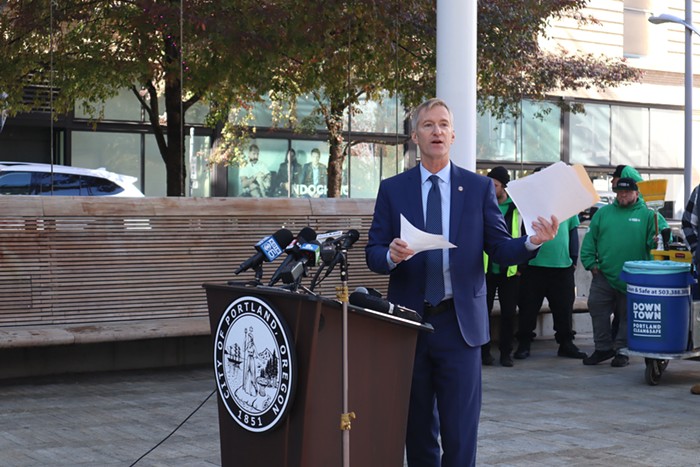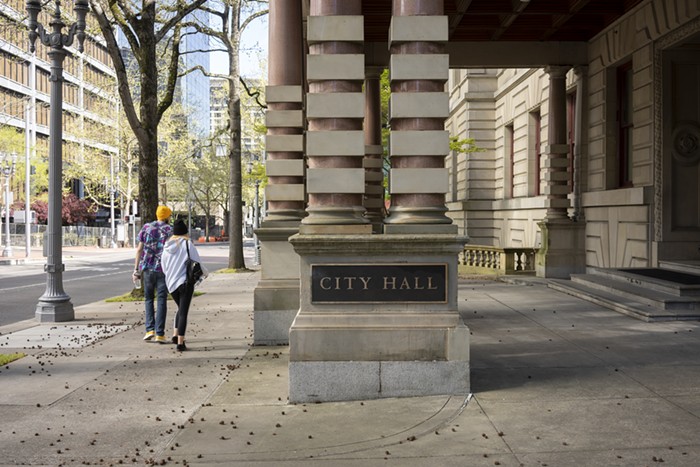Dr. Todd Curtis is a former airline safety analyst for Boeing, as well as the creator of airsafe.com, a website devoted to analyzing air safety issues as well as investigating air traffic fatalities. Though it may seem unfathomable to most that with heightened airport security a plane can still be hijacked--much less four of them--Dr. Curtis recognizes the situation as inevitable.
"In my opinion, terrorists do not have to have weapons to take over an aircraft," Dr. Curtis notes. "You do not need any special tool to break down a cockpit door. They're not flimsy, but they're not designed to hold off anyone determined to break the door down. For various reasons, they are designed to be opened in an emergency."
Though at press time there was very little information as to what occurred in each of the cockpits at the time of the World Trade building and Pentagon disasters, according to Dr. Curtis, there are certain protocols pilots follow in case of a hijacking.
"In every cockpit there is a device called a transponder which sends out a radio signal that can be picked up on radar. And there are certain codes--one's called #7700, which means there's a general in-flight emergency, and another's called #7600, which is the hijack code. So the pilot can dial in either one of those two transponder codes, and it will pop up on any air traffic control center in the US. That way, even if the pilots are not able to communicate what's going on, air traffic control may be able to do something about it."
Dr. Curtis is almost certain that the people who were flying the planes that crashed into the World Trade Towers and the Pentagon, were not the actual airline pilots, but hijackers who were trained to fly.
"And I say that," Dr. Curtis continues, "because I cannot conceive of a situation where a US airline pilot, even if they had a gun to their head and were told to fly into the World Trade Center or the Pentagon, would voluntarily do it.
"As for the fate of the fourth plane? It's unclear at this point. There was a report that someone with a cell phone was calling from the air to 911, saying they were being hijacked. Because the fourth plane crashed out in the open, it will be easy to recover the black box and get information from it. The same goes with the one that flew into the Pentagon. As for the two at the World Trade Center, there is such a massive amount of debris, it may be awhile before those black boxes are recovered."
The question, however, still remains: How could a team of hijackers, regardless of how well their plan was executed, board the planes in the first place? Dr. Curtis answers this with chilling finality.
"They probably bought tickets. There are no background checks for people boarding planes, but who knows what the future will bring? I think it's safe to say that the level of security for US airports and aircraft will raise substantially in the very near future."

